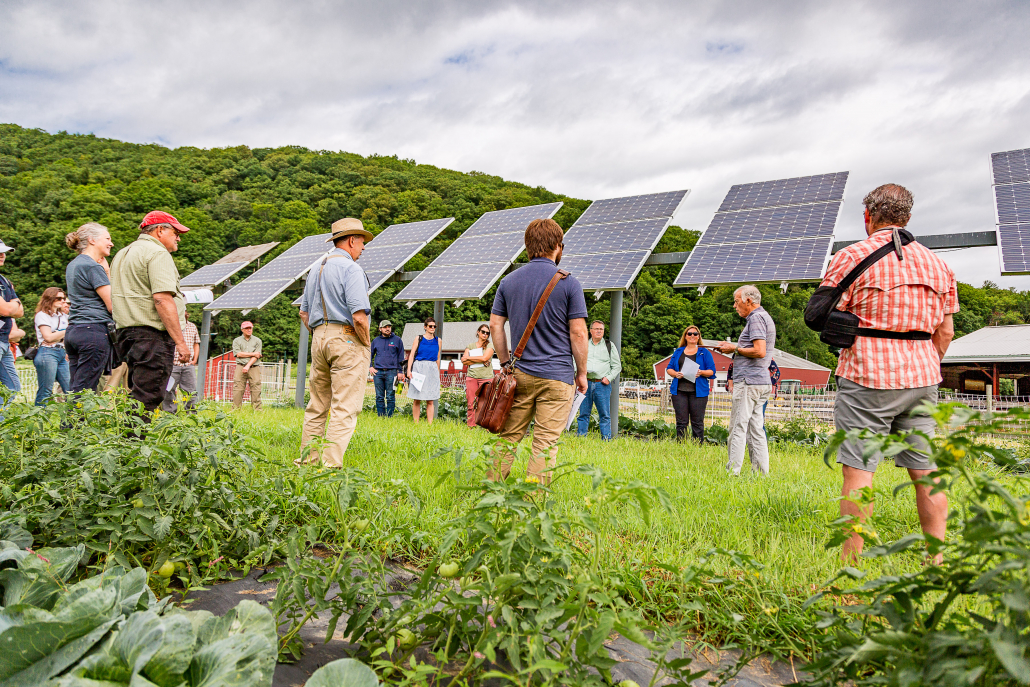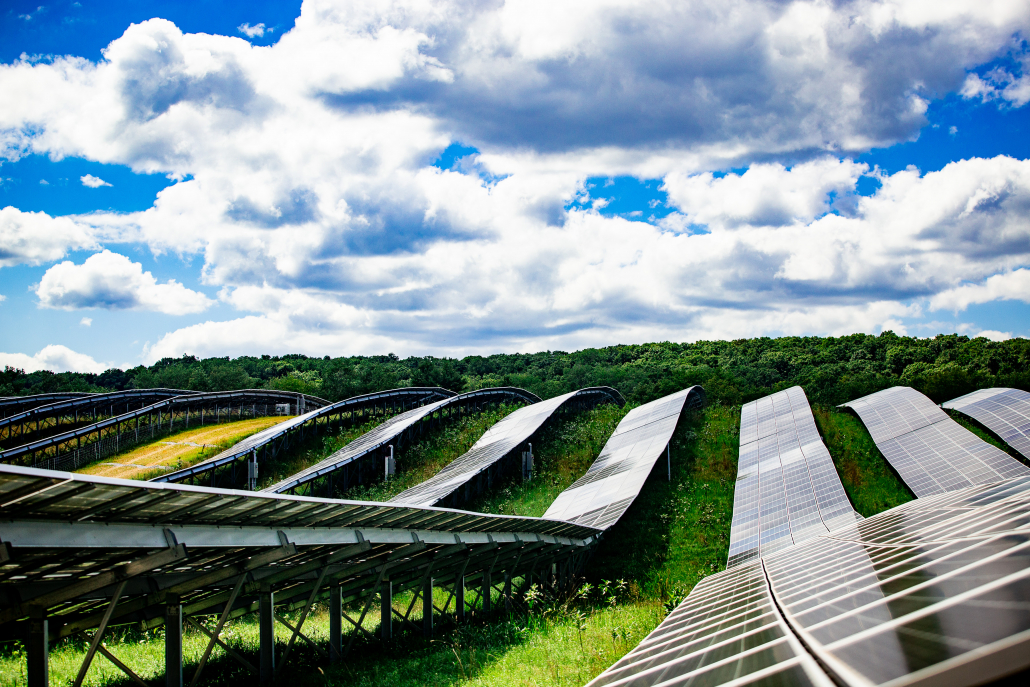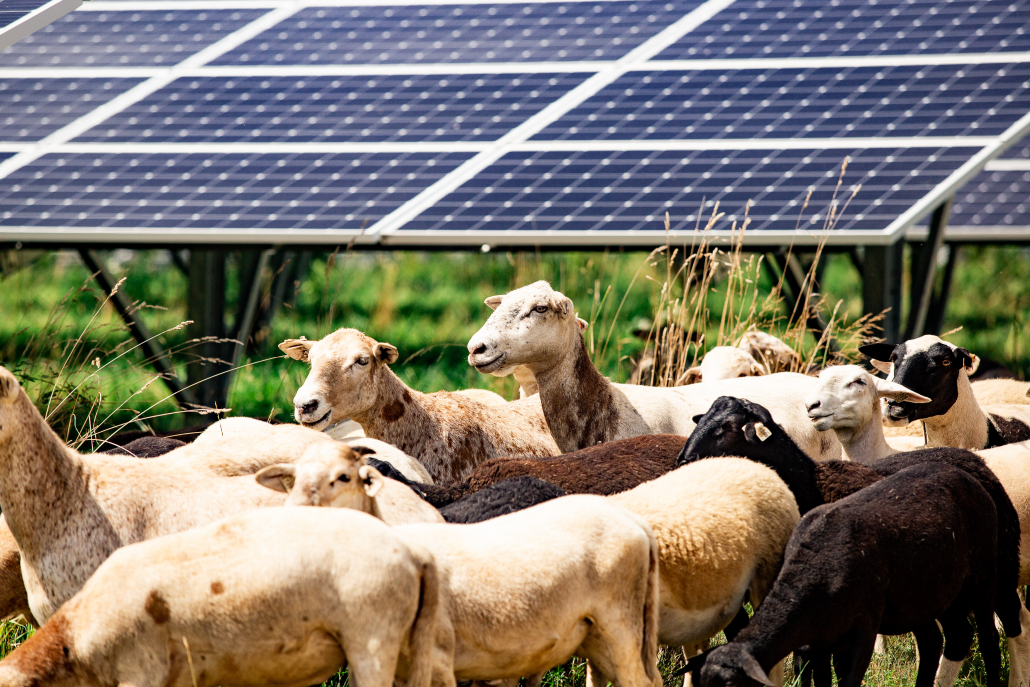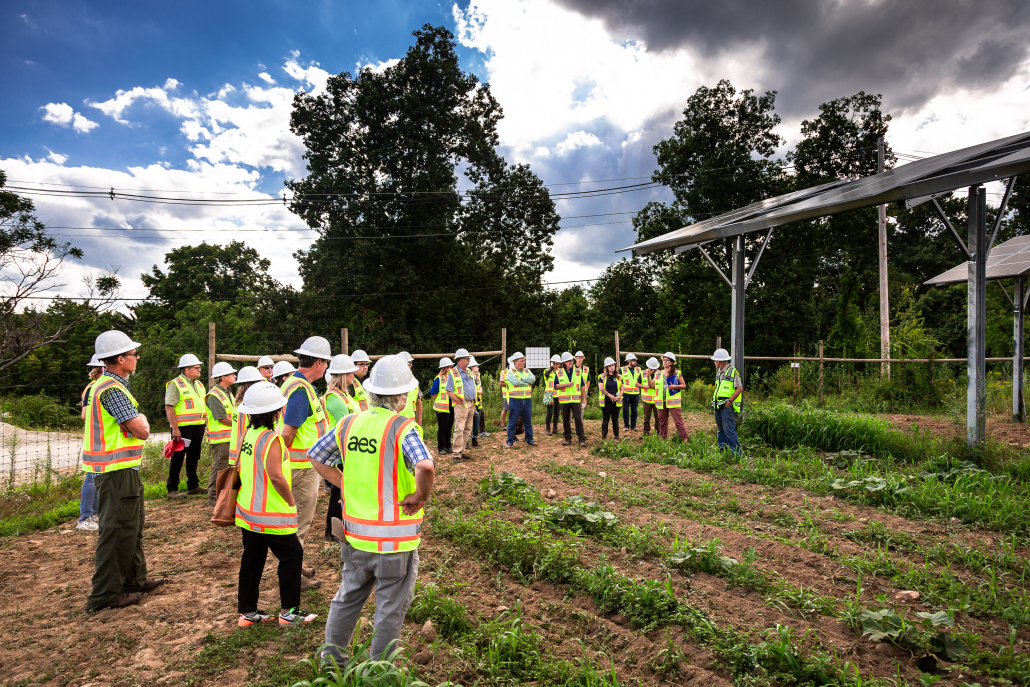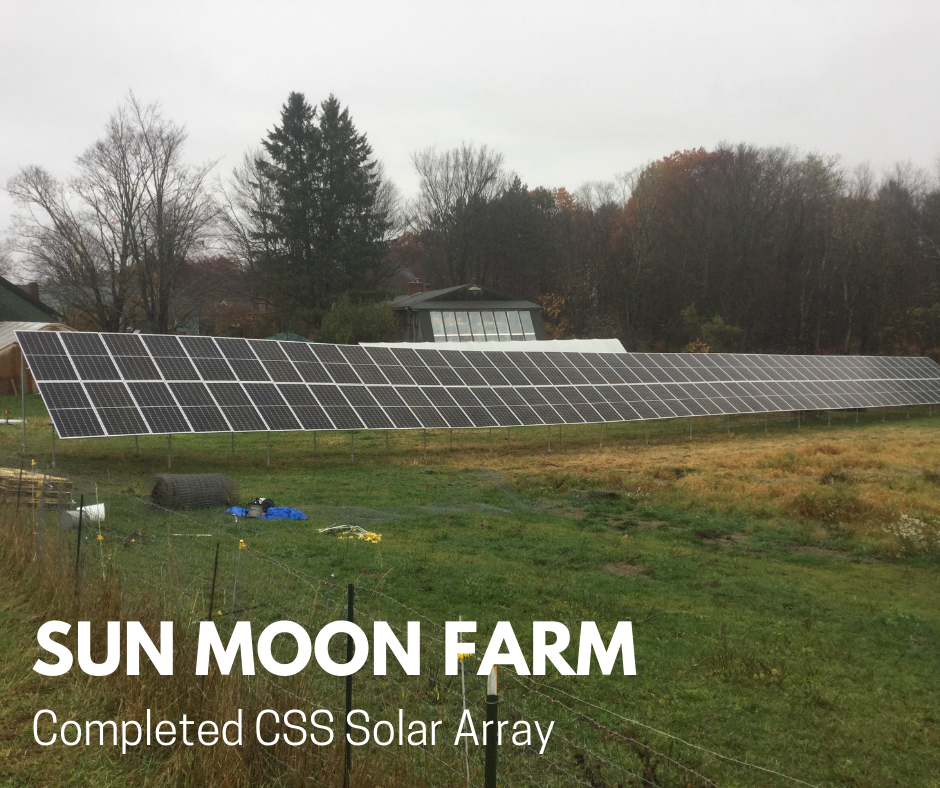Solar Power and Crops Grow Together in the Midwest
“Farmland is well suited for solar development of all kinds, for the same reasons it’s good for growing crops — it’s largely flat, drains well and gets lots of sun. Grazing land for animals like sheep can also be a good fit for solar. But what makes these Purdue research panels different is that they haven’t taken farmland out of production — they’re built over top of the corn itself.
Researchers want to see how the co-location strategy could be a salve to a growing strain between solar and farming in the Corn Belt — where residents and towns are pushing back on what they see as industrialization in rural communities. That includes communities in Wisconsin, where University of Wisconsin-Madison researchers are working with Alliant Energy to pursue similar research on university-owned land near Stoughton.” – The Journal Times
Renters in California Will Have Access to Community Solar
“Following Governor Gavin Newsom’s signature, California passed AB 2316, the Community Renewable Energy Act. The law creates a community renewable energy program, including community solar-plus-storage, to overcome access barriers for nearly half of Californians who rent or have low incomes.
A new market for residents to opt into renewable energy contracts opens in California following Gavin Newsom’s signature on the Community Renewable Energy Act. The law will now be evaluated and implemented by the California Public Utilities Commission.” – PV Magazine
Roughly 26 Million Acres Needed to Reach Zero-Carbon Goals
“By dedicating about 1% of the country’s land to solar energy—an area roughly the size of Kentucky—we could enable the nation to power itself with zero carbon emissions. Assuming fossil fuel and biomass energy would be replaced with green energy, it would take approximately 13 million acres of land to power today’s grid solely from solar facilities. It should be noted, however, that this amount would likely need to double to account for energy storage, electric vehicle (EV) charging stations, and the necessary increase in electrical infrastructure. But by dedicating about 26 million acres or 1% of the country’s land to solar energy—an area roughly the size of Kentucky—we could enable the nation to power itself with no carbon emissions.” – PV Magazine

